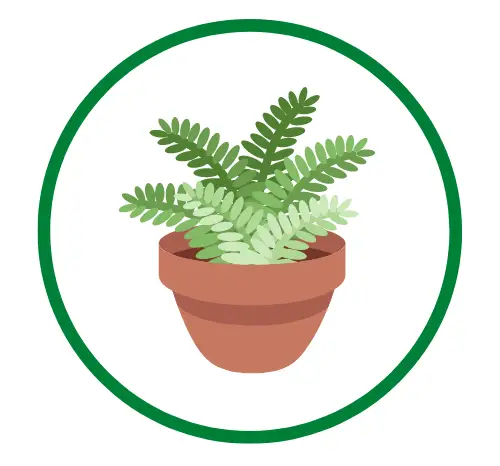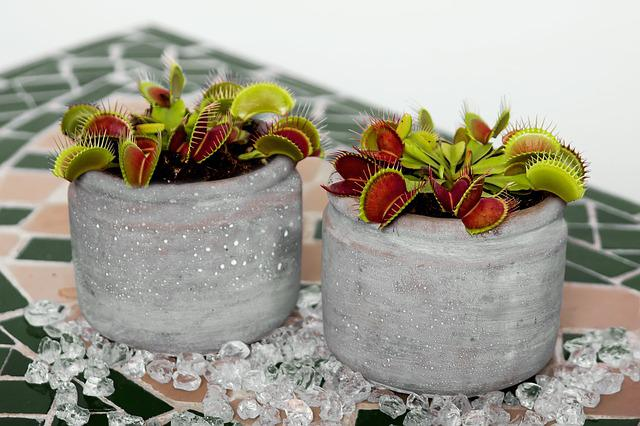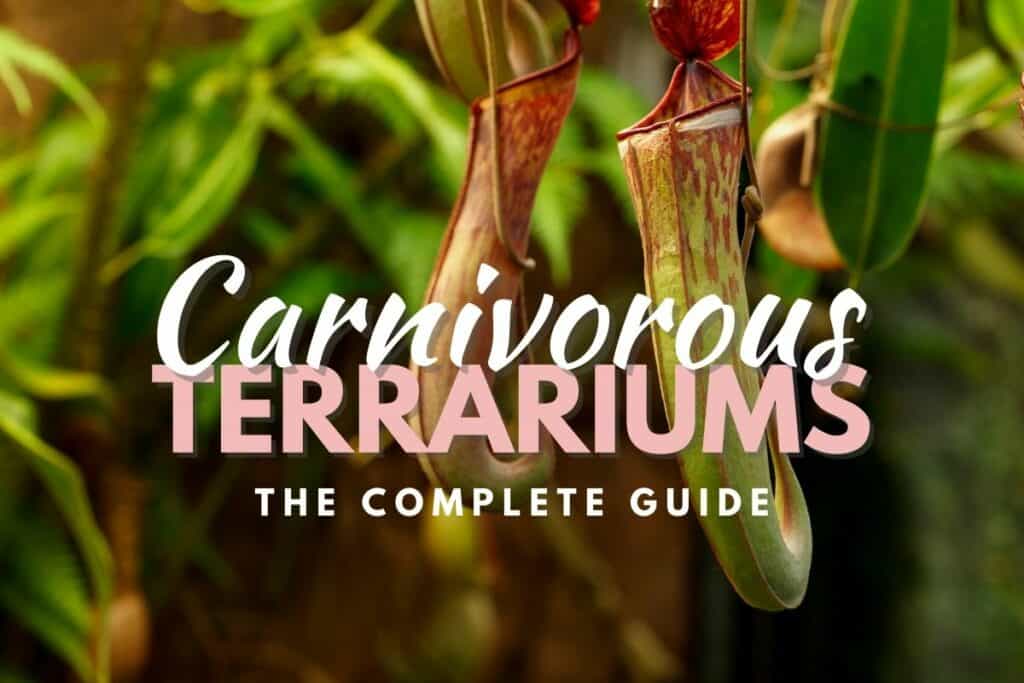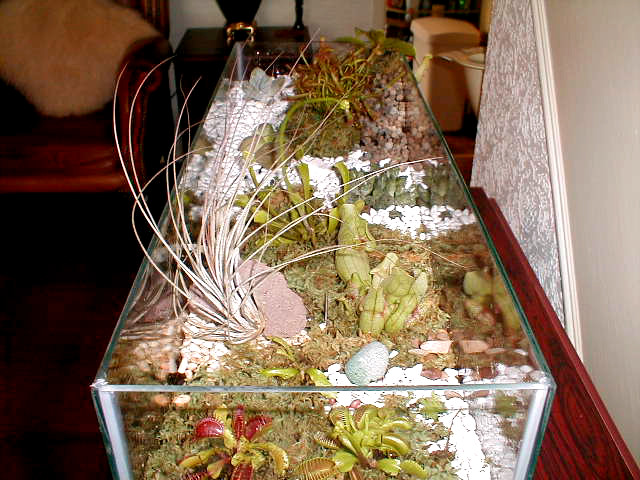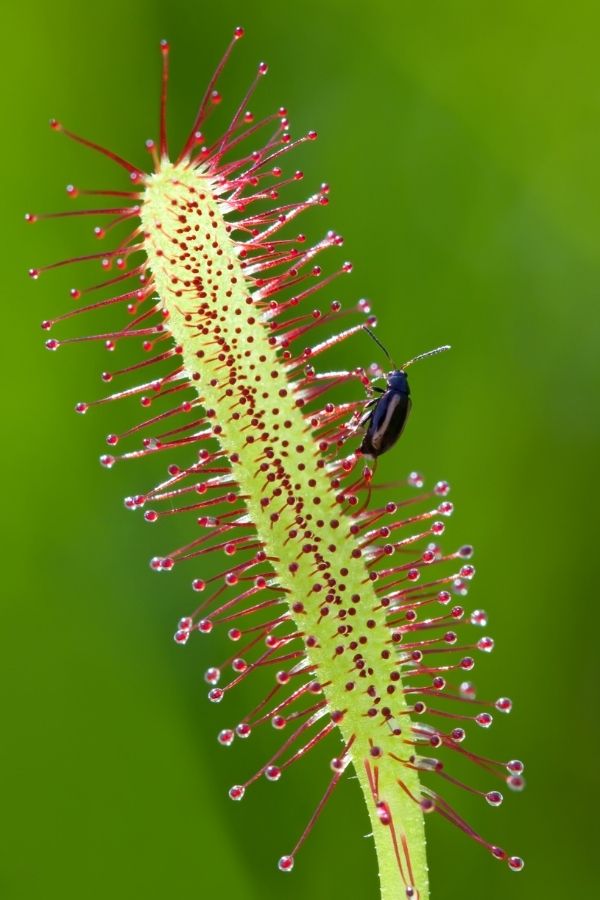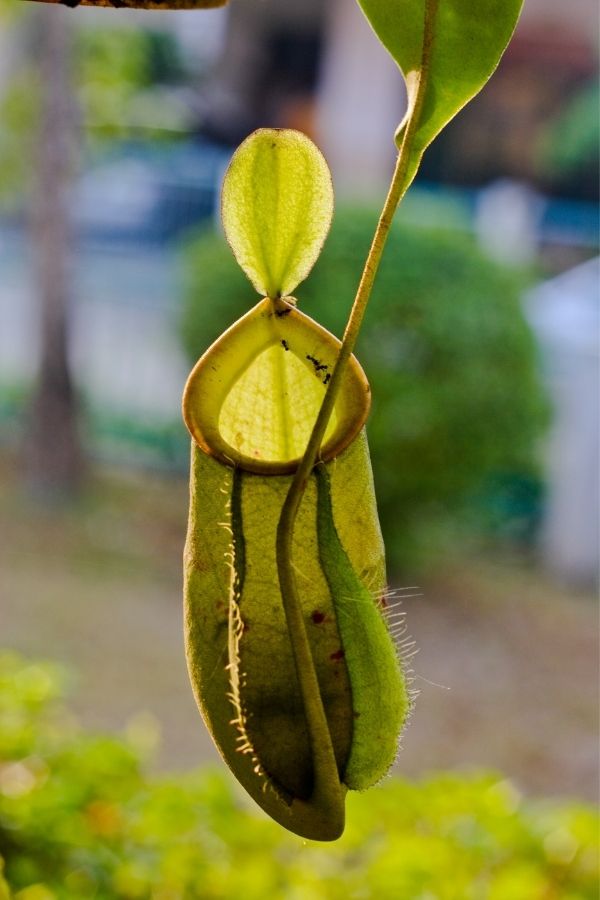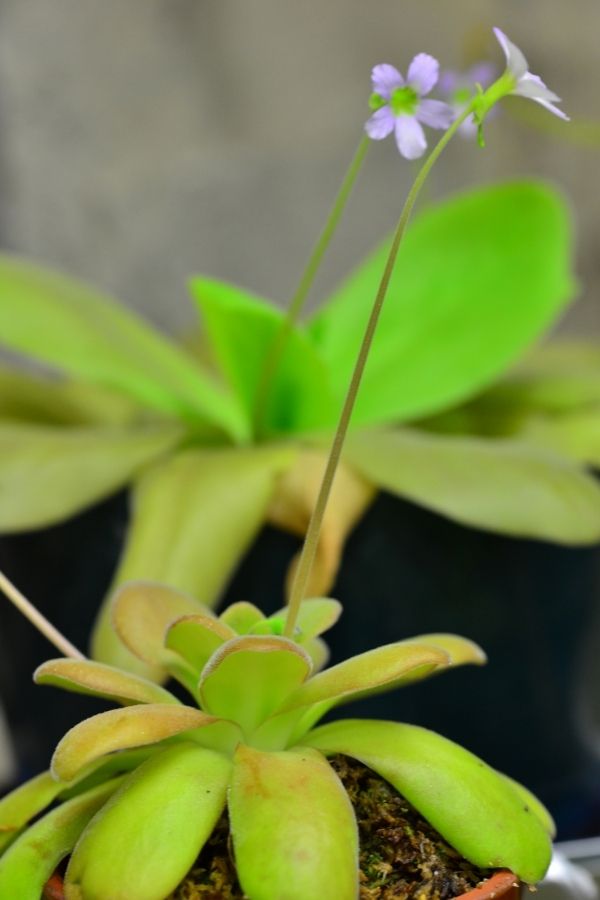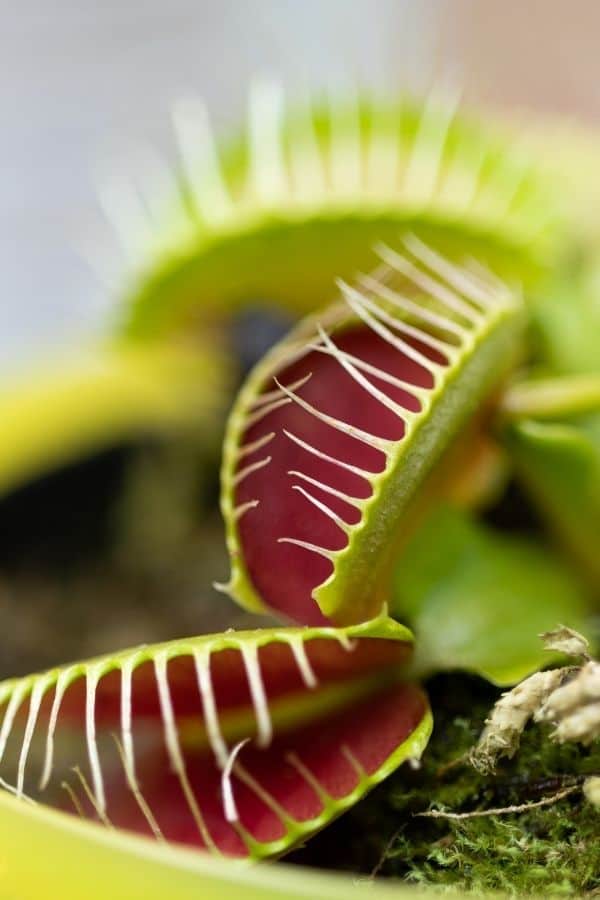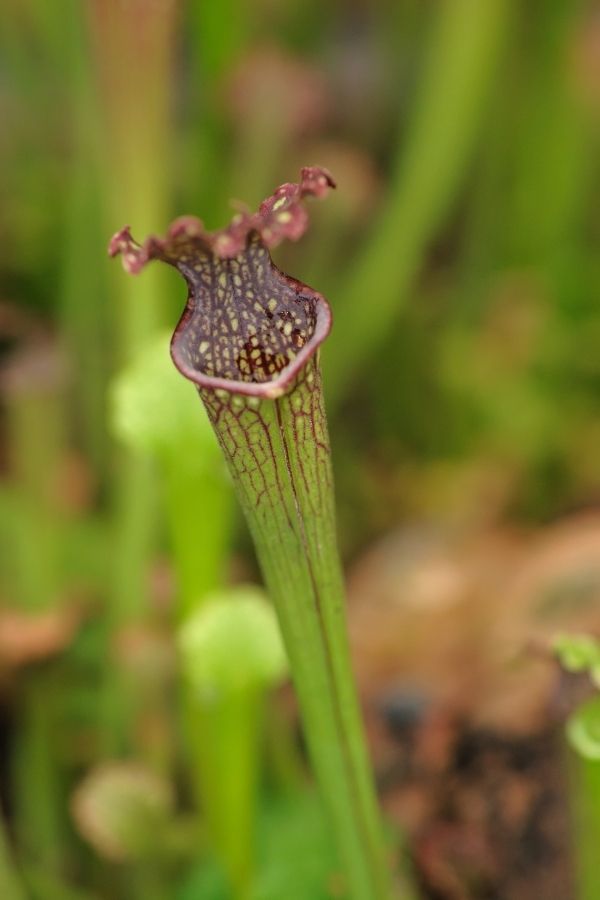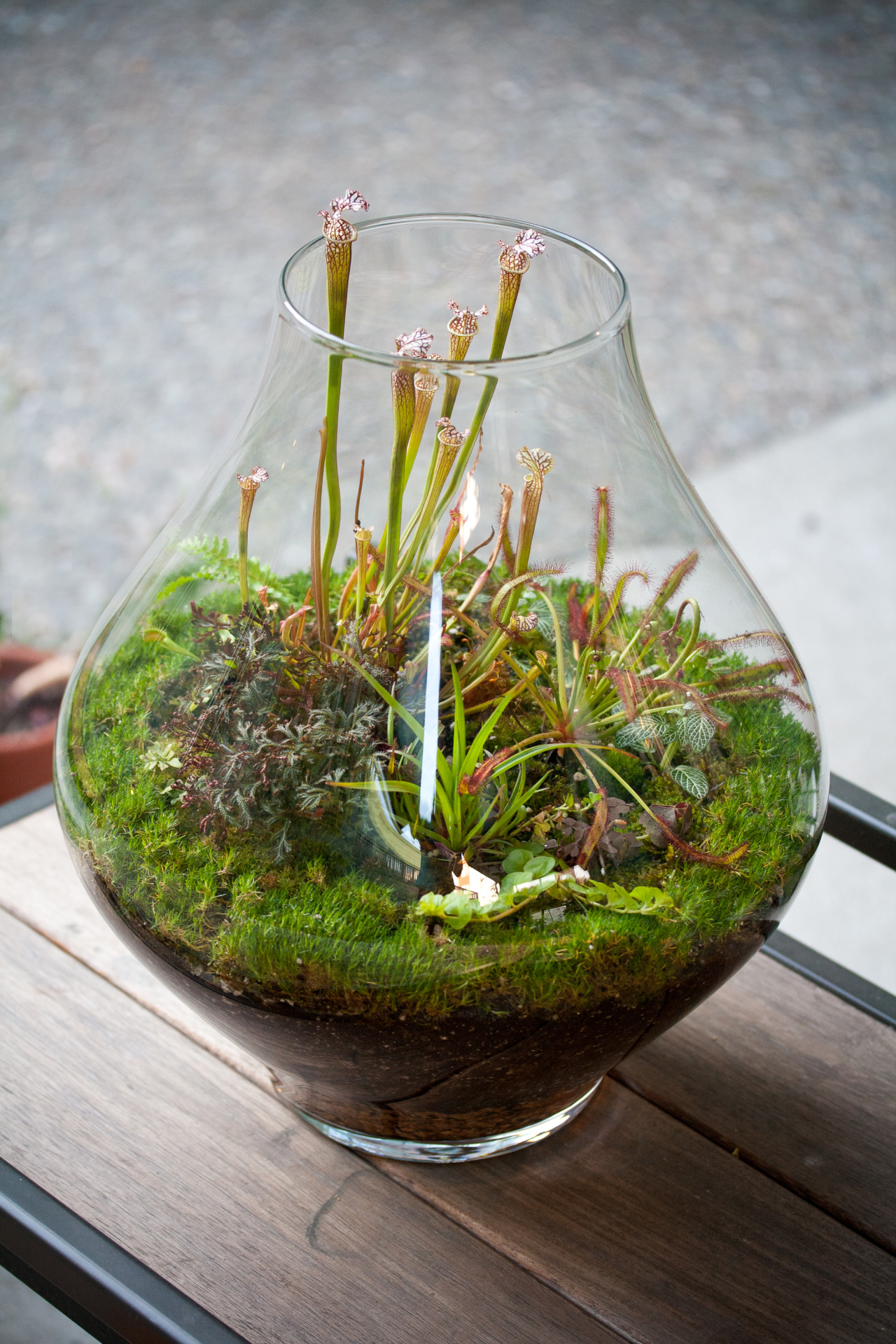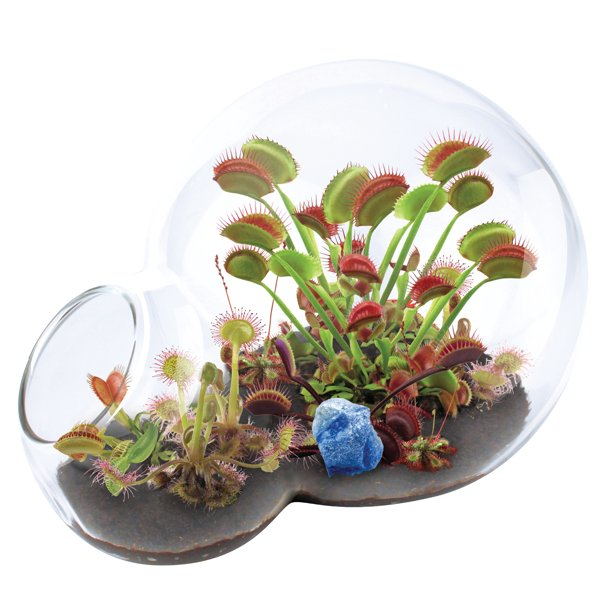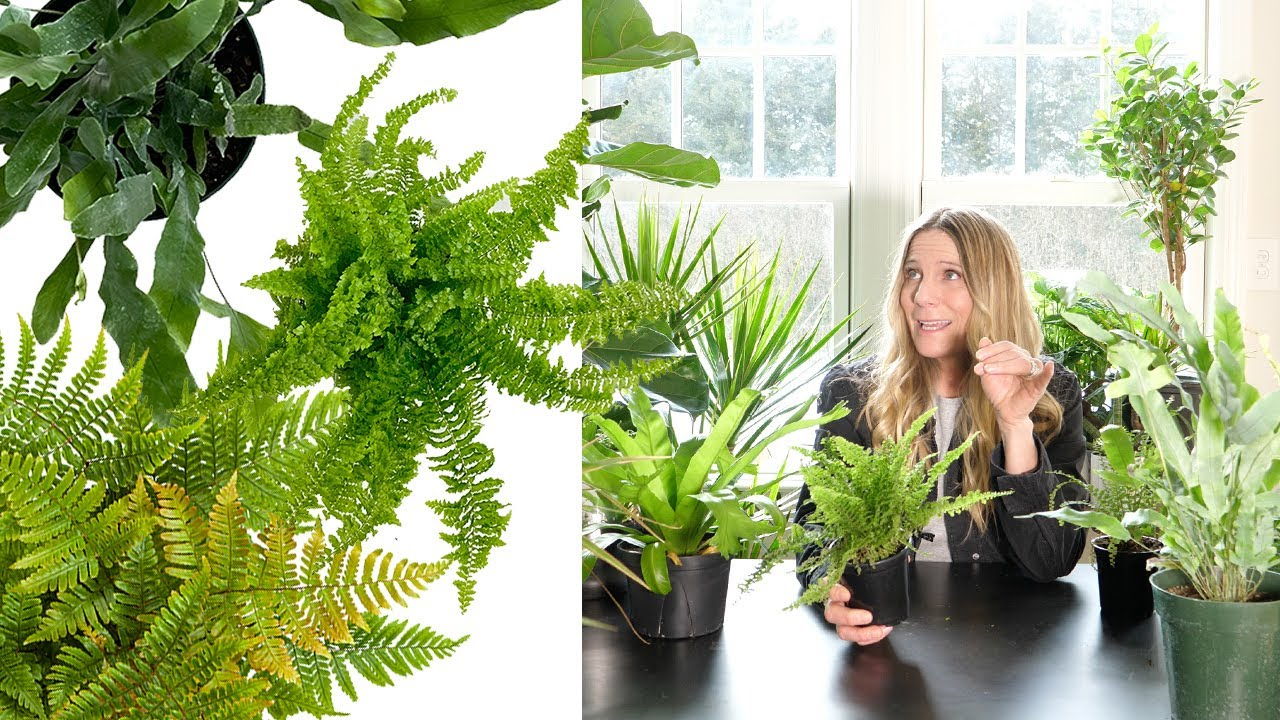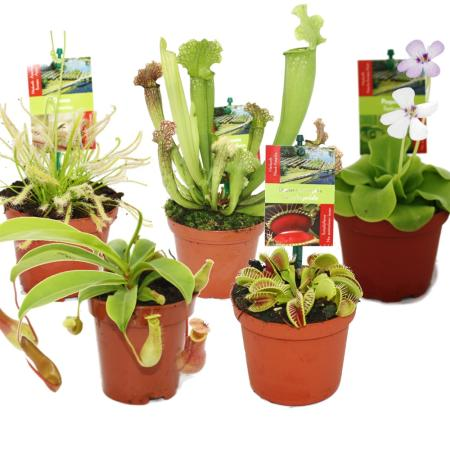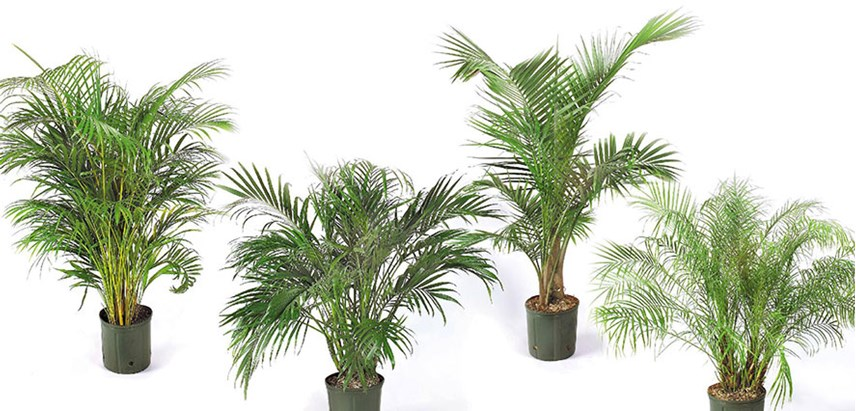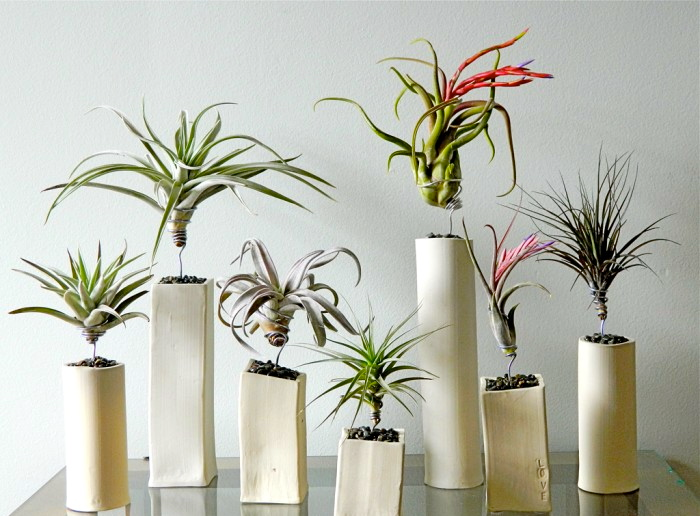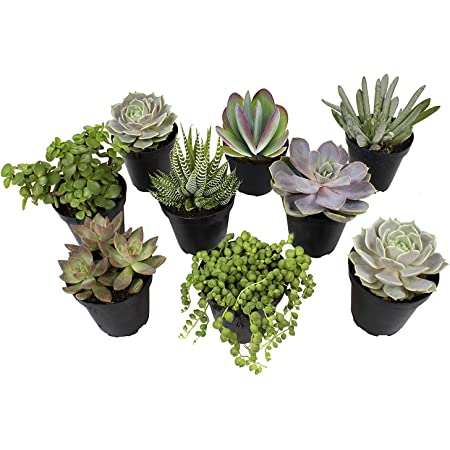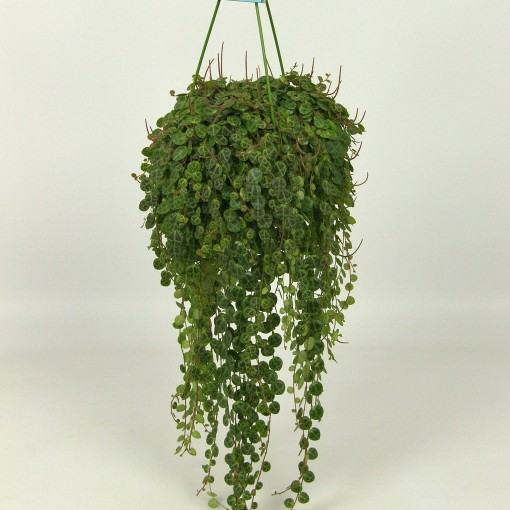The Carnivorous Plant Terrarium Guide: 5 Steps Exploring the Exotic
Undoubtedly one of the coolest additions to a terrarium are carnivorous plants.
Exotic, colorful, and deadly, these wonders have always piqued our interest (almost as well as they do their prey). Even Darwin felt sympathy for them.
However, things become a little more complicated when it comes to the terrarium of carnivorous plants.
Yes, terrariums can provide many of the necessities for these insect-eating plants to thrive, but they also call for careful setup and maintenance. These aren’t your typical terrarium plants, after all.
I’ll walk you through every step of creating a successful carnivorous kingdom in this manual. From the best (and worst) plants to their particular substrate needs and upkeep specifications.
Greetings from the jungle!
This page may contain affiliate links that allow us to make a small commission (at no further cost to yourself).
💚 Thank you for helping to support the tribe!
Carnivorous Plant Terrarium – DIY Overview
Truthfully, creating a terrarium of carnivorous plants requires a completely different way of thinking than a typical tropical terrarium.
Let’s clear that up right away.
These exotic beauties are peculiar, amazing, and very unique. Did you really think there would be any other way to take care of plants that consume insects?
They require careful planning and consideration during both their execution and care. However, when you get it right, they can be a real treasure for daring explorers like ourselves.
So let’s go over a few key points before we embark on this wild alien plant ride.
1. Not All Carnivorous Plants Are Created Equal
There are a wide variety of carnivorous plant species.
These plants are covered in a wide variety of sticky hairs, seductive tubes, and sharp traps.
But other than the fact that they all consume insects, their origin in swampy areas may be the only thing in common. Actually, these plants are looking for other sources of nutrition because the Carnivorous Plant soil is so acidic and has so few nutrients, especially nitrogen.
Because of this diversity, various plants would require very different terrarium conditions.
The typical hot and humid terrarium conditions are ideal for tropical species like sundews and pitcher plants. However, this is not an excellent application for temperate plants like Sarracenia or the Venus Flytrap (more on plant choices later).
2. Carnivorous Plant Terrariums Need Extremely Careful Maintenance
One aspect of caring for carnivorous plant
is effectively recreating that low-nutrient, boggy environment.
They frequently require significantly more light (and probably moisture) than a typical terrarium plant, to start. Therefore, pairing these up easily with your go-to tropical species is unlikely.
Not to mention, they have high standards for water purity.
I’m afraid you can only use reverse osmosis water, distilled water, or rainwater. Tap water (and even bottled drinking water) may burn the roots and result in an expensive mineral buildup depending on where you live. Not the standing water or excess water.
3. Your Container Choice Dictates Your Feeding Options
It’s interesting that carnivorous plants can exist without insects.
Although it is preferred, they can still obtain their energy in the same way as regular plants.
As a result, they frequently thrive in the proper terrarium closed environment, but if you want your plants to be able to draw in their food (unless you’re providing it directly, of course), you’ll need an open container.
A terrarium that is open, however, would not be able to meet its high moisture and humidity needs. I’m trying to say that there might be some technical difficulties to get over here. Lots to think about!
The best carnivorous plants for terrariums will then be discussed.
Top Terrarium Carnivorous Plants
These plants are at least capable of surviving in a tropical terrarium’s hot and muggy environment, but they still have particular requirements and preferences.
Undoubtedly, you’ll need to adjust your terrarium setup accordingly.
Sundews (Drosera)
Since Drosera capensis were the first to be found, I consider them to be my favorites.
The largest and most diverse group of carnivorous plants is the genus Drosera, which is known for its clingy hairs and sparkling droplets.
They are so rich in texture and color!
Additionally, the fact that many of them have a tendency to be smaller helps because this makes terrarium projects much easier to handle.
Sundews are among the most straightforward to maintain because they can be found in both temperate and tropical climates (provided you pick the suitable tropical species).
Drosera rotundifolia is an easy sundew to start with. Carnivorous plant terrarium lighting Then there’s lighting. Most carnivorous plants, with the exception of Nepenthes, like as much full sun as you can give them. With a terrarium, you can’t just put your plants in the sun, though. These enclosed environments can heat up very quickly during summertime and burn your beloved plant to a crisp.
Pitcher Plants (Nepenthes and Cephalotus)
Nothing in nature compares to pitcher plants.
Pitcher plants unmistakably add some exotic flair to a terrarium with their distinctive hanging “pitfall traps” and lengthy fleshy tubes.
Nepenthes are among the most prevalent and, because they resemble a typical epiphyte more, can work well in terrariums. Favoring high humidity and moisture (but also excellent drainage).
These, however, can grow quite large, making full tank-style terrarium and vivarium builds their only real application.
Cephalotus follicularis is an additional outside option.
The only member of its genus, the Australian Pitcher Plant, is also quite adaptable due to its small size. Although they do appear to do so in the wild, growers feel that this is unnecessary for cultivation.
Butterworts (Pinguicula)
Butterworts are affectionately known as “Pings” for short.
Butterworts have fleshy rosette foliage, giving them the appearance of tiny carnivorous succulents. Even though the leaves are usually quite small, the vivid neon colors really make them stand out.
They get their name and their clever insect trap from the distinctive buttery residue on the leaf. To scrumptious for insects to avoid (in more ways than one). They are a versatile option and a perfect fit for desktop projects due to their small stature.
Additionally, these tropical plants are arguably the simplest carnivorous terrarium plants to care for. They don’t have any crazy extra requirements and thrive best in swampy environments.
What’s not to love? They also bloom with lovely, delicate flowers.
Bladderworts can also be used, but they usually belong to the aquatic plant family.
Avoid Plants that Are Carnivorous plant terrarium
Okay, so growing these kinds of plants in a terrarium isn’t impossible; it’s just that the advantages don’t really outweigh the difficulties.
To make these temperate plants thrive in a terrarium, you’ll have to work extremely hard. They’re better off being simply planted up in a pot. It sort of defeats the point, don’t you think?
They both also hibernate during the winter (which is a nice way of saying they die entirely off).
Venus Fly Trap (Dionaea muscipula)
Nothing screams carnivorous plant like the Venus Flytrap’s jaws.
Although it is the most well-known plant on this list, it may not be the best choice for terrarium life.
They don’t like humidity or warm weather, and they eventually go extinct in the winter.
They’re cool, yes, but they don’t seem to be the most productive species to grow in any way. Having said that, if you want to try making a terrarium for a Venus flytrap, we have a guide for you to use (and learn from our mistakes).
Carnivorous plant terrarium feeding Contrary to popular belief, you aren’t required to constantly be tossing bugs into your terrarium. Carnivores can go for quite a while without food and even if you do decide to feed, you can easily use freeze-dried bloodworms (normally sold as fish food, dead insects) instead of nasty live bugs. Just place a soaked bloodworm into one of the traps and then wait until the plant has digested it entirely before feeding again.
American Pitcher Plants (Sarracenia and Darlingtonia)
The size and shape of these pitcher plants vary.
These are a variety of “Trumpet Pitchers,” a type of temperate pitcher plant.
These can become extremely tall, as their name suggests. Additionally, they have a fairly rapid rate of growth, neither of which are good qualities for terrarium plants.
Even though the Cobra Plant is somewhat smaller, it still doesn’t fit well.
Key growing Carnivorous Plants Terrarium Layers
Drainage
Despite the fact that carnivorous plant are fundamentally bogged plants, they won’t survive in fully waterlogged, saturated wet soil. The roots still need to be able to breathe in the pot, just like any other carnivores plant.
Therefore, it is advised that a drainage layer be created. If you water too much, there should be a place for the extra water to drain. Nothing to judge here.
It’s crucial to pick an inert substance to fill your drainage layer for these delicate plants. If not, minerals may leach into the water and eventually harm your plants.
Choosing something like lava rock is a wise decision. It will help oxygenate the area because it is lightweight and highly porous. The bigger pieces work well for your hardscape as well!
Carnivorous Plant Terrarium Soil / Substrate
For healthy plants grow, we have to make sure that the carnivorous plant soil is completely inert and devoid of nutrients.
Which still sounds like a crazy ask for any horticultural endeavor, but there it is. This isn’t your typical set of terrarium layers.
The following materials are nutrient-free and commonly used: Perlite Sphagnum peat moss Sphagnum moss Silica sand The most common carnivorous plant soil mix consists of equal parts perlite and peat. Because peat is an unsustainable resource, some plant growers prefer the slightly better sphagnum moss instead.
Moss mix is commonly used as a base for carnivorous plant terrarium soil because it’s excellent at holding moisture and comes with very low nutrient levels. Sadly, it’s also a super unsustainable material, so it’s not something I like to use in my builds.
As an alternative, I frequently use coco coir in my regular terrarium constructions, and growers in this online forum claim that it is also appropriate for carnivorous plants. However, you must be particularly careful to thoroughly wash it first to get rid of any remaining minerals.
Another typical addition that helps to maximize water retention is sphagnum moss.
The following peat-free mixture, according to Mike King of Shropshire Sarracenias in the UK, works well: “One part pea gravel, one part fine or coarse Cornish grit, and two parts fine-milled bark.” (According to The Guardian.)
I understand that not everyone can access Cornish grit, but thankfully it’s just plain silica grit. So any silica sand, including horticultural sand, ought to work just as well.
Carnivorous Plant Terrarium Lighting
In all honesty, carnivorous plants require a lot of light each day.
Even a window that receives a lot of direct sunlight might not be sufficient to satisfy all of your plants (especially the larger plants). Of course, it will differ depending on the species, but artificial lighting is the best option.
You can precisely regulate the amount of light and energy they receive with an LED grow light without sacrificing quality. For healthy plant growth, you’ll most likely need to set them on a 12-hour cycle. Check out these compact LED grow bulbs for smaller containers or these fluorescent strip lights for fish tank-style builds.
The Best Carnivorous Plants for a Terrarium Terrariums are generally not recommended for most carnivorous plants, especially temperate species. Common problems with terrariums include poor drainage, poor air circulation, and for temperate plants, not allowing for a dormancy period
FAQ
Can you grow carnivorous plants in a terrarium?
Terrariums are a spectacular way to grow many carnivorous plants. They maintain high humidity, keep temperatures constant, allow in ample light to keep plants happy, and provide a porthole through which you can monitor your plant’s progress.
Can carnivorous plants live in a closed terrarium?
Summary. Venus flytraps and pitcher plants can be kept almost effortlessly in closed terrariums as long as your substrate is devoid of nutrients and water can flow freely.
Can I put a pitcher plant in a terrarium?
Pitcher Plants (Nepenthes and Cephalotus) Nepenthes are amongst the most common, and these can be a good fit for terrariums as they’re more like a typical epiphyte. Liking lots of moisture and humidity (but also excellent drainage).
Art and crafts stores and home decor stores sell them. It’s also a good idea to have a cover with a shallow water collection dish bottom because pitcher plants prefer to keep their bottom roots wet. Growing Medium Pitcher plants have to be rooted in a layer of sand covered in a layer of sphagnum peat moss. The sand keeps their roots moist and the peat moss looks nice and keeps the sand from drying between waterings. Pitcher plants naturally grow in poor wet sandy (bog type) soils and get most of their nutrients from digesting bugs.
How do you water a carnivorous plant terrarium?
As we discussed earlier, these plants don’t like being exposed to nutrients as they haven’t evolved to absorb them like other species have. Normal tap water will damage them, so you’ll have to use nutrient-free demineralized or distilled water.
What plants work best in terrariums?
- Ferns – Maidenhair, Birds nest, Button ferns.
- Carnivorous plants – Venus fly traps, Pitcher plants, Sundew plants.
- Dwarf palms.
- Airplants – Tillandsia.
- Succulents- cacti, Hawthornia, Echeveria, Crassula, etc.
- Peperomia
Now It’s Your Turn
So, this has been a whistle-stop tour of the world of carnivorous plant terrarium.
Are you feeling up to the challenge?
Share your experience in the comments!
